SLOVENIA - Ljubljana Castle
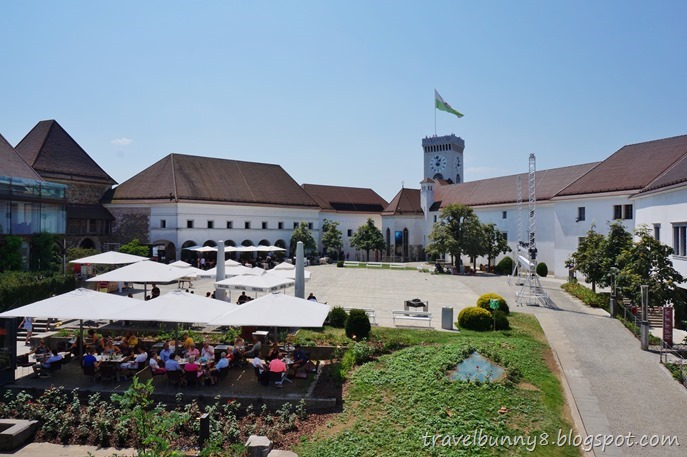
Ljubljana Castle, situated on top of Castle Hill is impossible to miss in downtown of Ljubljana. The castle was rebuilt several times and some parts of today’s structure originated in the 15th century.
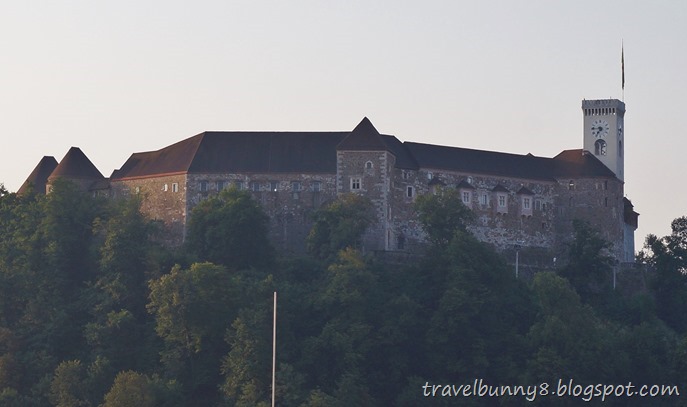
The castle of Ljubljana is a popular destination for locals and foreigners alike.
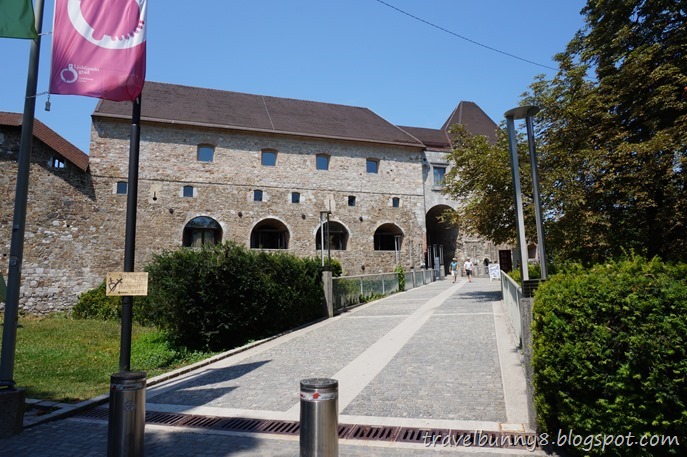

Map and layout of Ljubljana Castle.
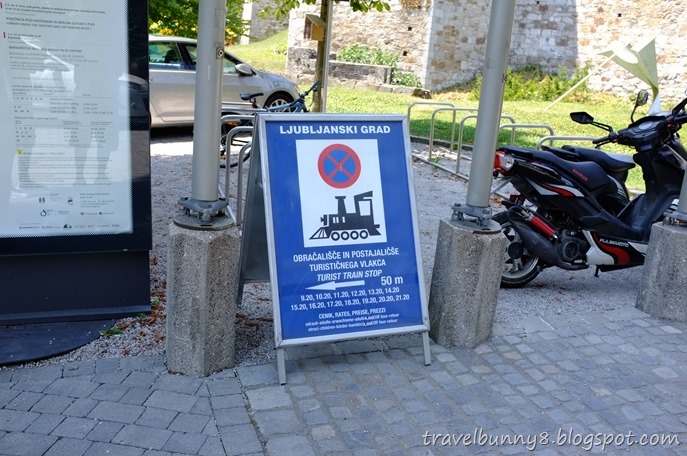
The signage of tourist train stop, 50 meters away from the castle.
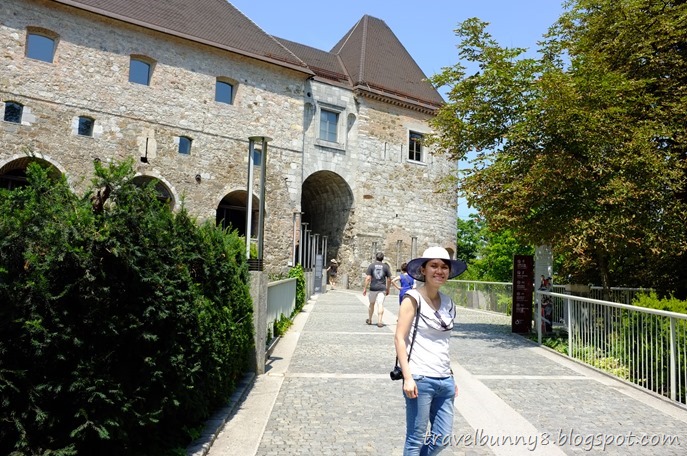
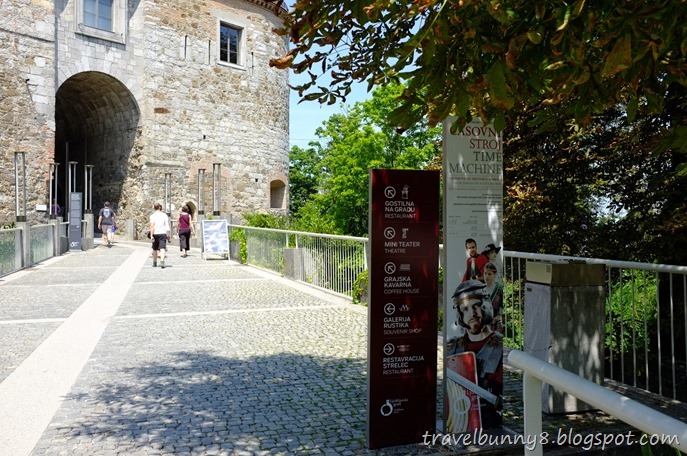
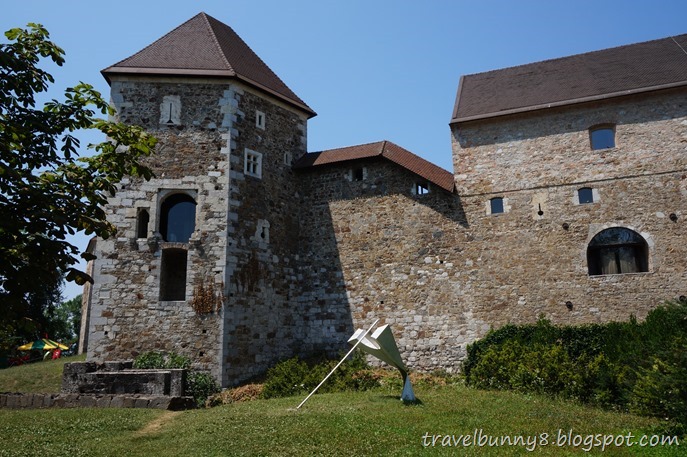
The area of the present castle was inhabited back in the 12th century BC. And the first known fortification of considerable dimension was built in Illyrian and Celtic times, which later became a stronghold in Roman times.

Ljubljana dragon symbolises strength, courage and might. It is depicted on the top of the tower of the Ljubljana Castle on Ljubljana’s coat of arms.
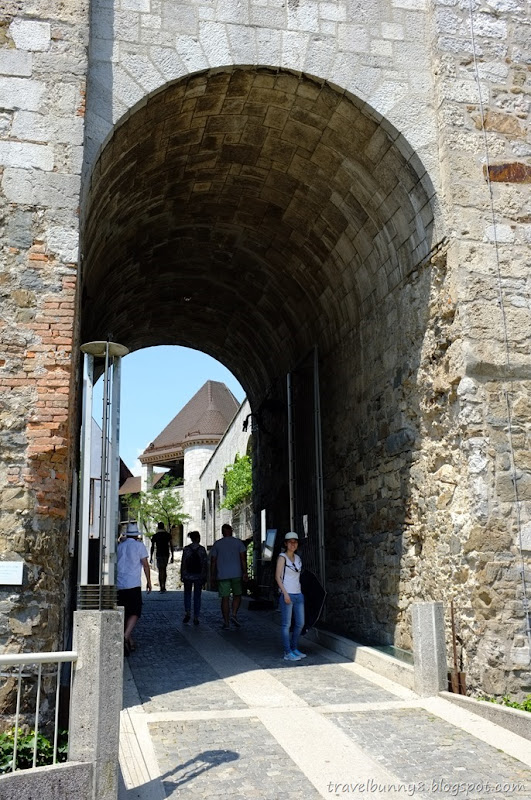
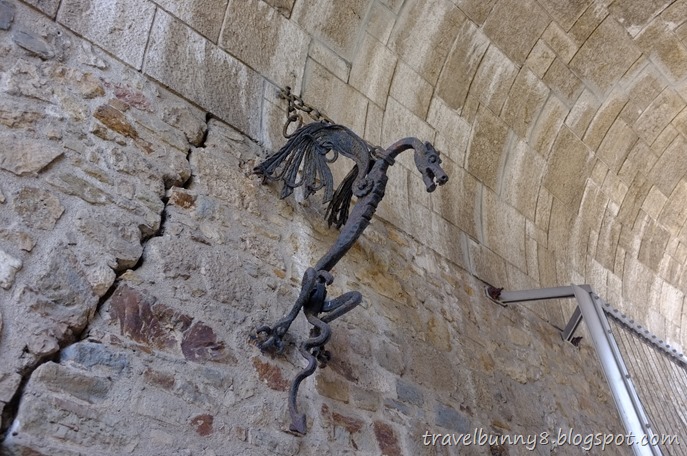
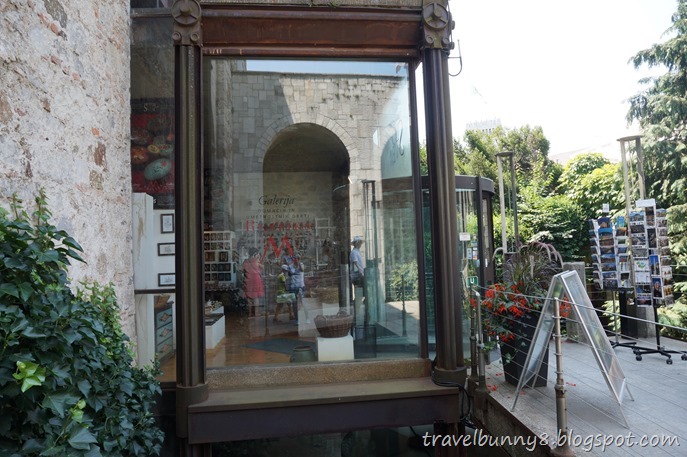
The gift shop at the castle.
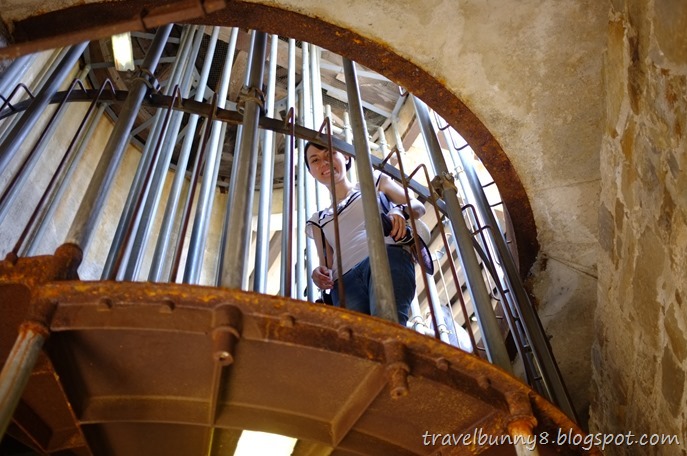
First, I climbed up to the viewing terrace.

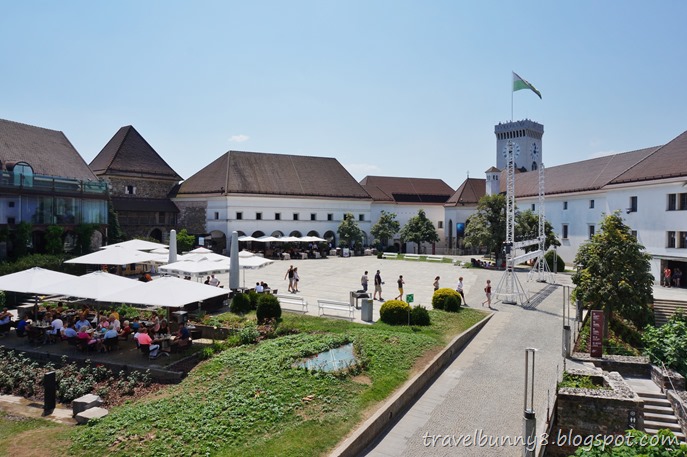
From the viewing terrace, I can see the courtyard of the castle on my right.

And the view of Ljubljana city on my left.


This is the viewing tower of Ljubljana Castle.

Underneath the courtyard is the modern exhibition halls and toilets. The long and extensive renovation works took more than 35 years to complete, starting from the end of 1960s.
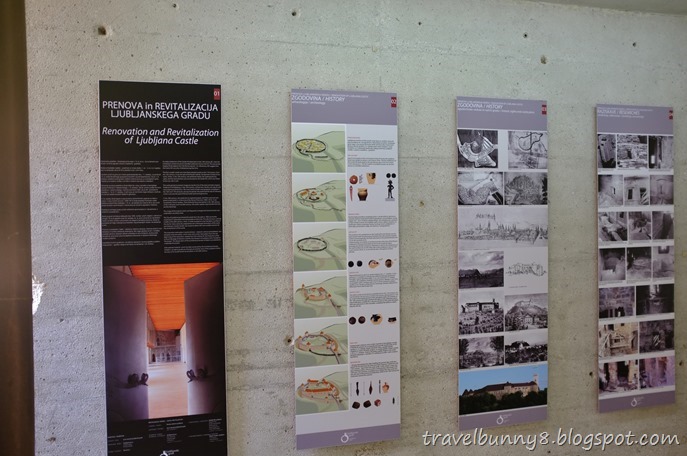
History of renovation and revitalization of the castle can be seen here.

From time to time, the museum will host some temporary exhibition. During the time of my visit, the exhibition was the barbarism of torture.

View of the torture exhibition hall.

The Mask of Infamy. The offenders had to wear it in public and were in this way exposed to public ridicule. This also disclosed their misdemeanour and announced that they are paying for their sin. The appearance of these masks could differ as displayed here.


This torture device called Witches Billy Goat. Riding on a Goat (a sharp pointed wooden rack) was used mainly for witches and women who have allegedly been possessed by the devil. It was unbearably painful and often intensified with weights tied on the victim’s legs or by burning her bare skin with torches.
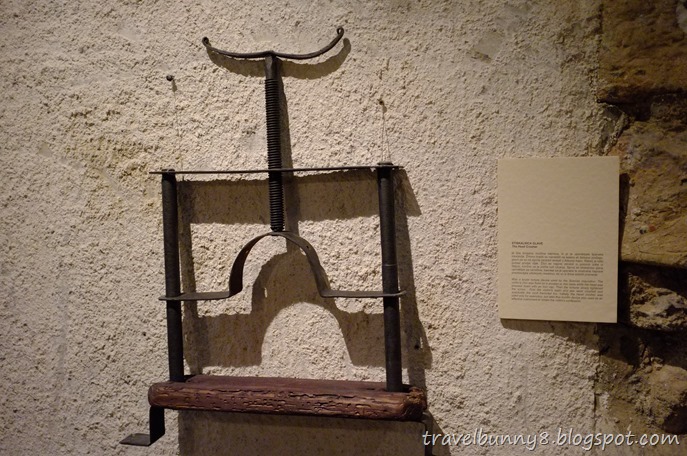
Aptly named the Head Crusher, it did just that – to slowly crush the head of the victim by tightening the screw. It was used by the Spanish Inquisition. First, the victim’s teeth and jaw were crushed. Eventually the skull fractured too.
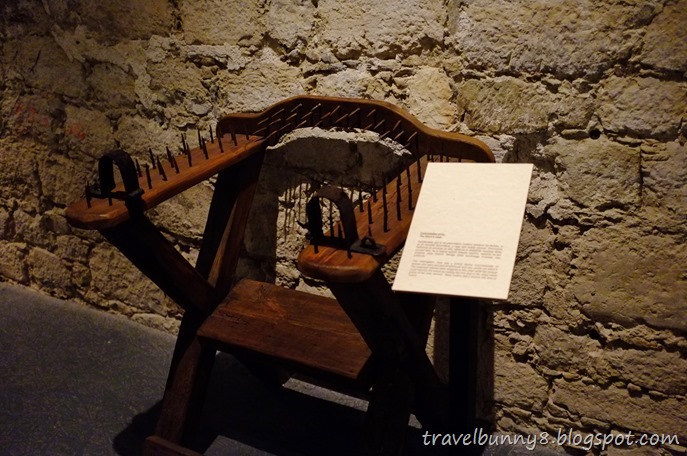
The Witch’s Chair was another torture device for women who were accused of witchcraft and who would not admit it. Many victims didn’t survive this kind of torture.
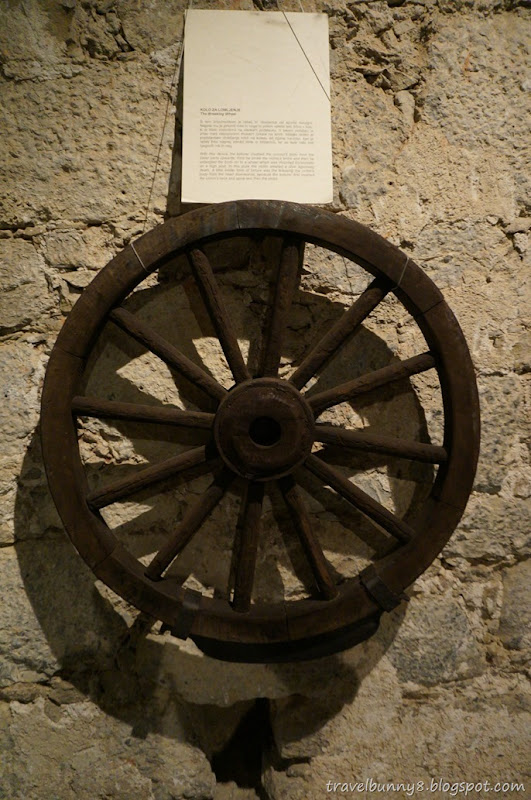
The Breaking Wheel – the torturer crushed the convict’s body from the lower parts upwards. The victim usually died a slow agonising death.
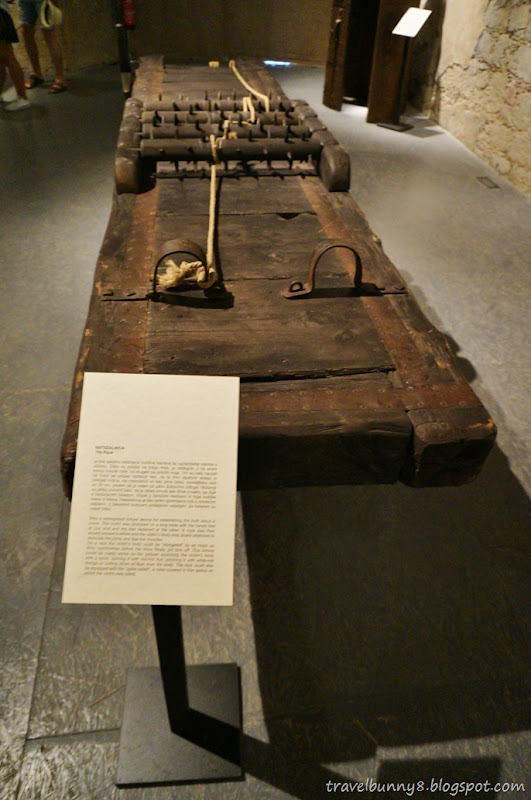
“The Rack” was a widespread torture device for establishing the truth about a crime. The victim was stretched on a long table with the hands tied to one end and the feet fastened at the other. A rope was then wound around a wheel and the victim’s body was slowly stretched to dislocate the joints and tear the muscle.
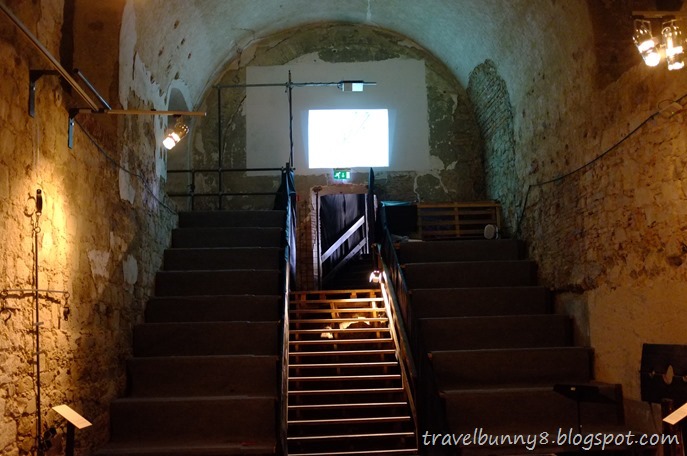
Alright, enough of the gruesome torture devices. I’m heading back out.

In 1905, the castle was purchased by the Municipality of Ljubljana and it was planned to establish a city museum in it. However, it mainly served as a residential building until 1964.

The entrance to the permanent Slovenian history exhibition in the castle.
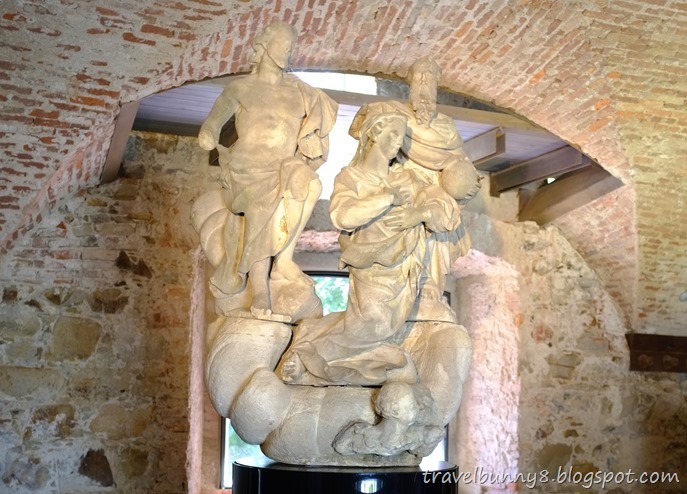
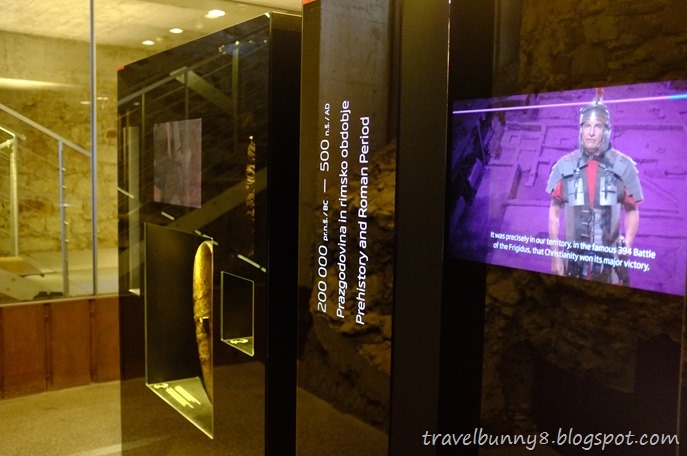
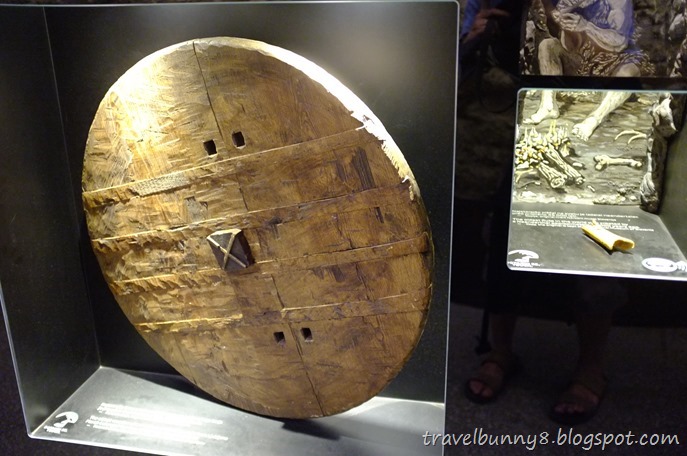

A copy of the oldest flute in the world. The original is kept at National Museum of Slovenia.
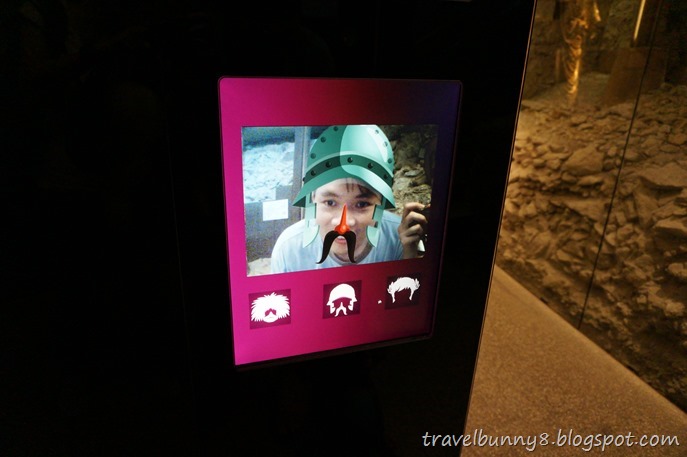
Interactive fun game to try on “head gears”.
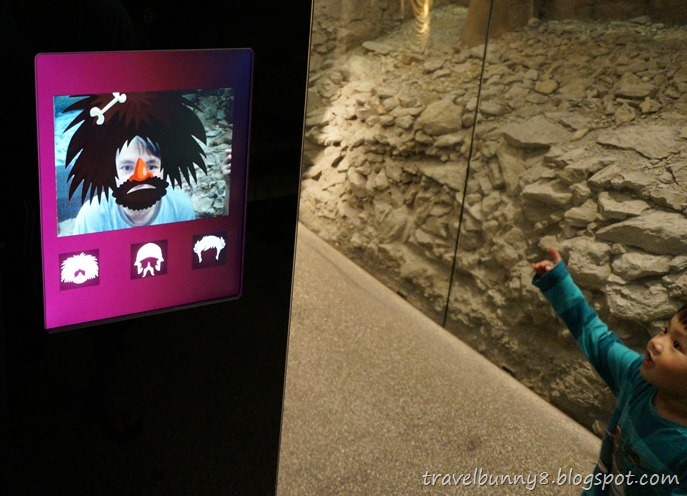
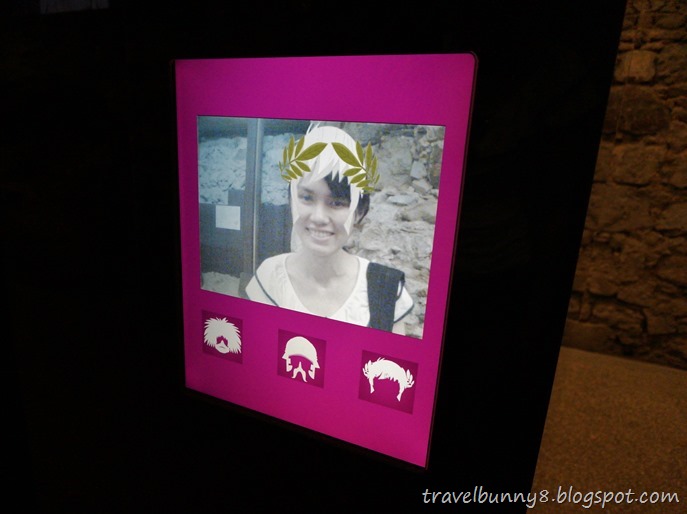
This one looks like Athenian head gear.
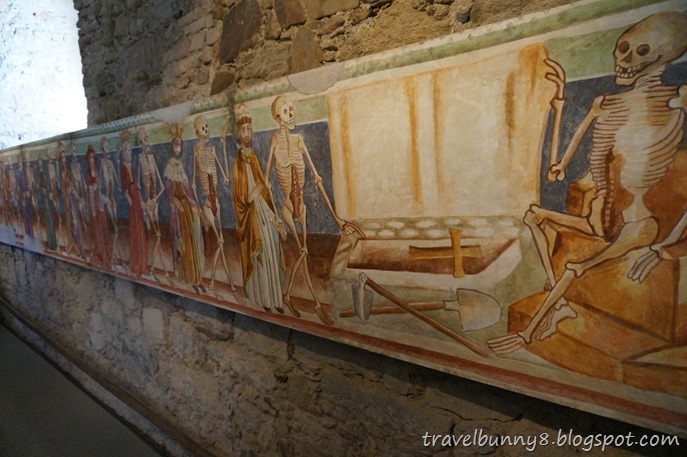
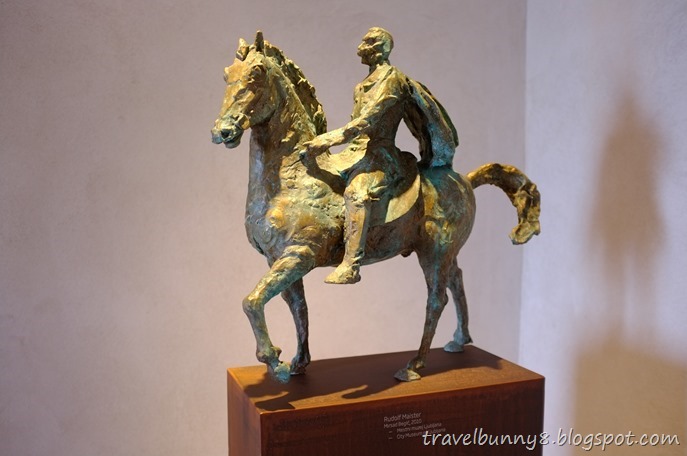
The sculpture of Rudolf Maister, 2010. Rudolf Maister was a Slovenian military officer, poet and political activist.
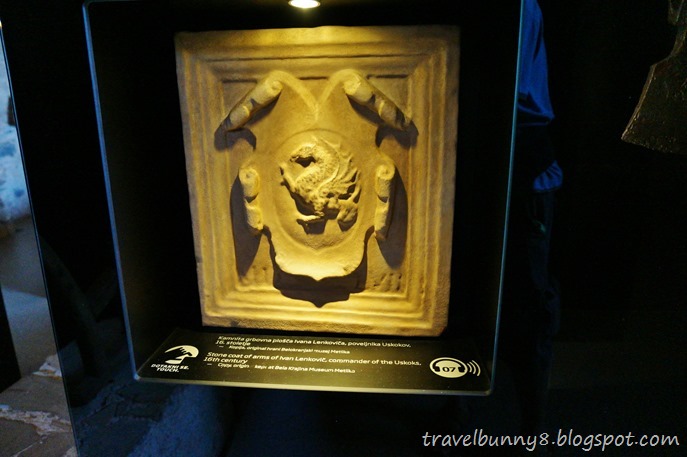
Stone coat of arms of Ivan Lenkovic, commander of the Uskoks, 16th century. This is only a copy, the original is kept at Bela Krajina Museum Metlika.
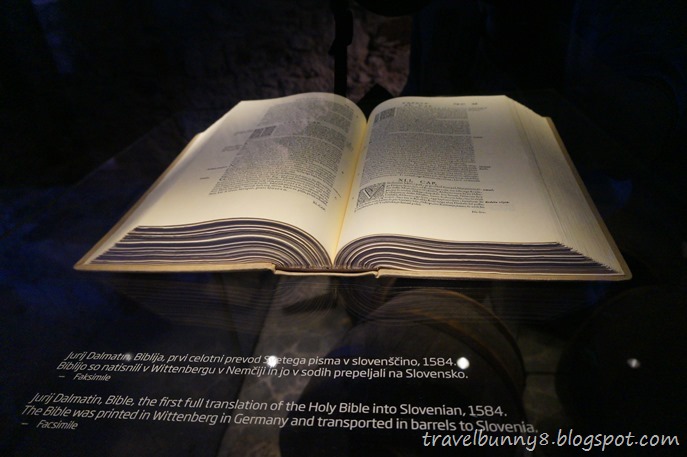
The first full translation of the Holy Bible into Slovenian, 1584. The Bible was printed in Wittenberg in Germany and transported in barrels to Slovenia.

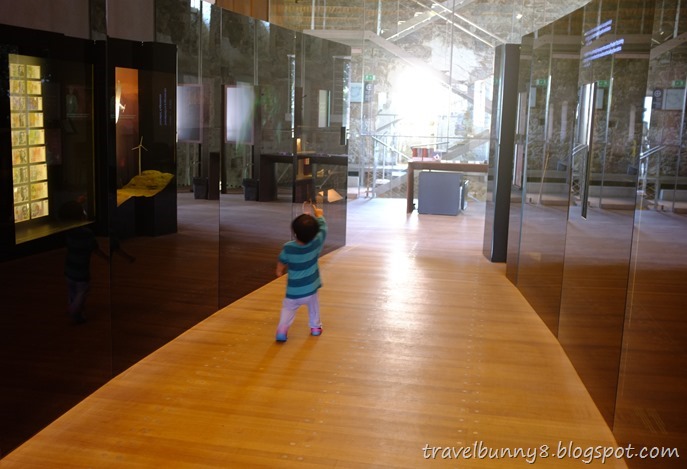


The chapel of the castle.
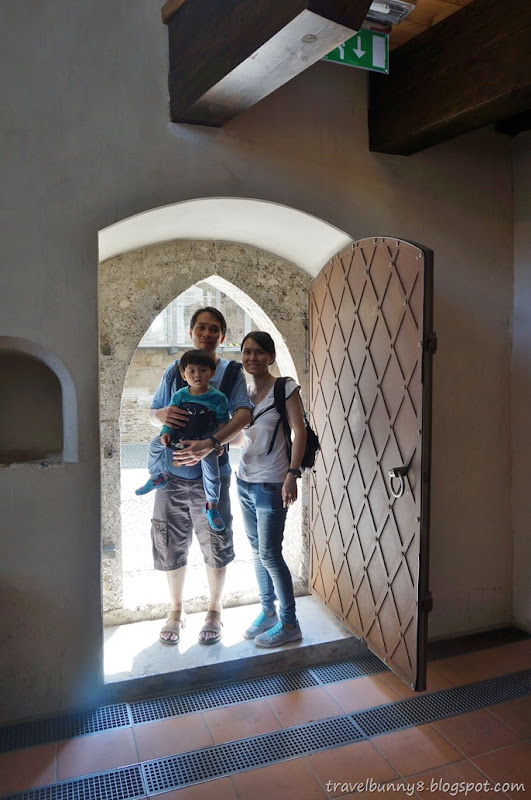
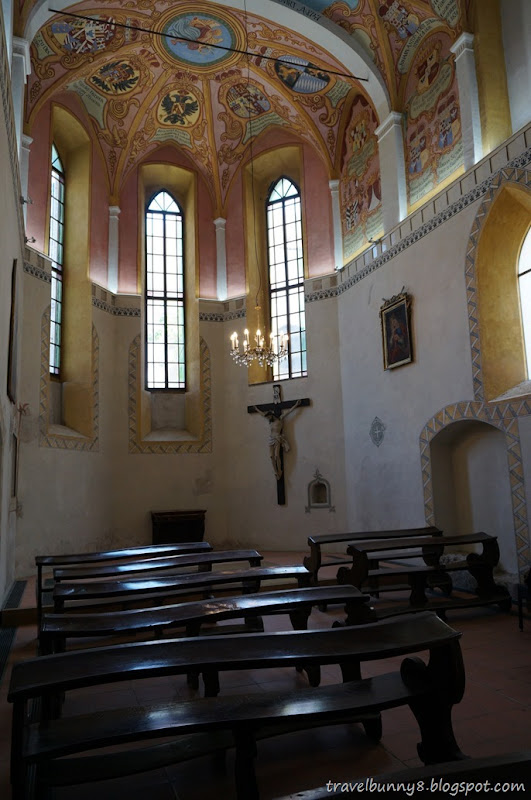


Ceiling of the chapel.
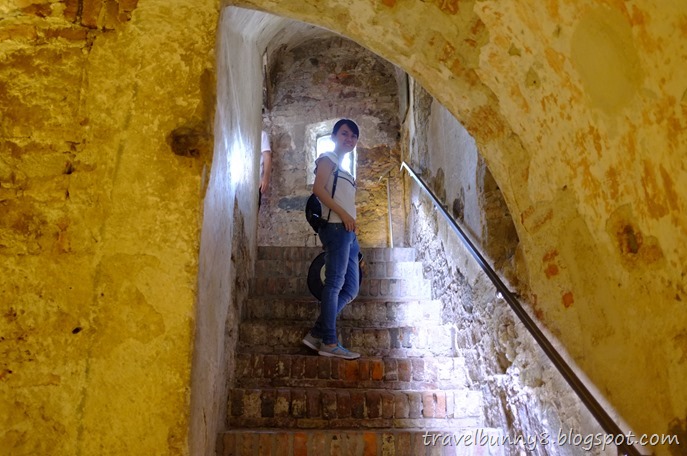
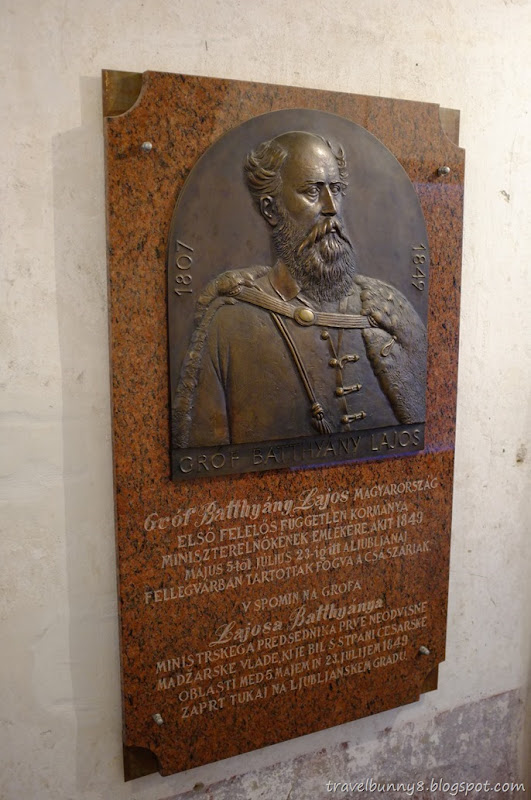
The first prime minister of Hungary, Grof Batthyany Lajos (1807 – 1849).

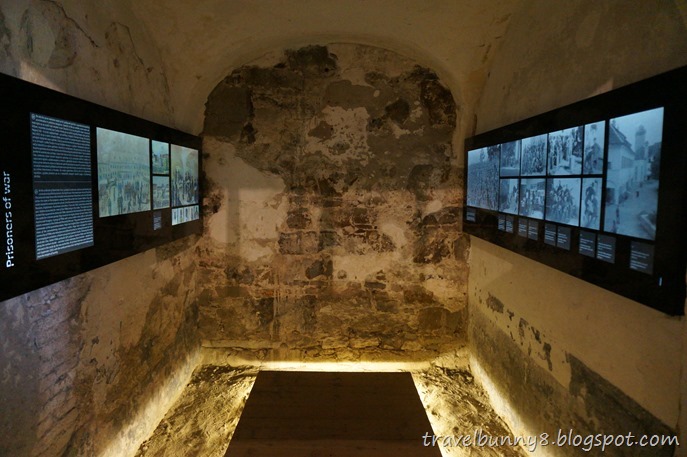
Until 1814, the castle served as a garrison and later a provincial prison.

Video presentation for visitors.
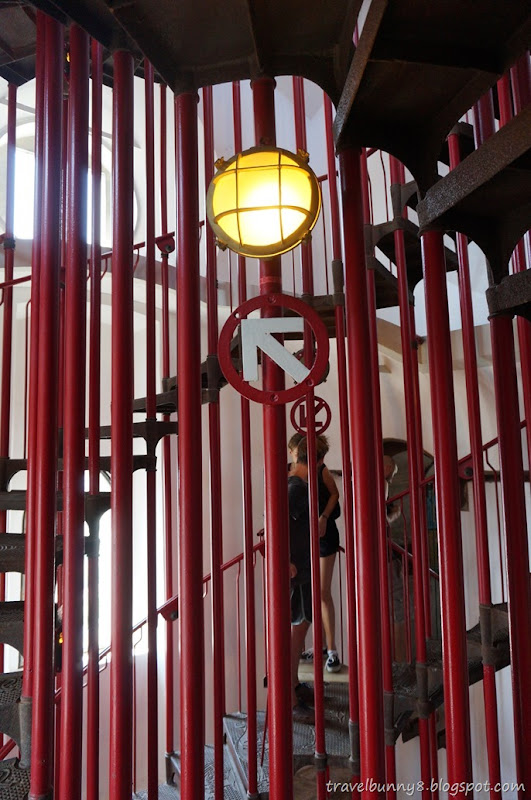
Climbing the staircase to Viewing Tower. It was the home of a guard whose duty was to shoot cannons to warn against fire and announce important visitors and events taking place in Ljubljana.

From the Viewing Tower of Ljubljana Castle, you have a commanding view of Ljubljana city.
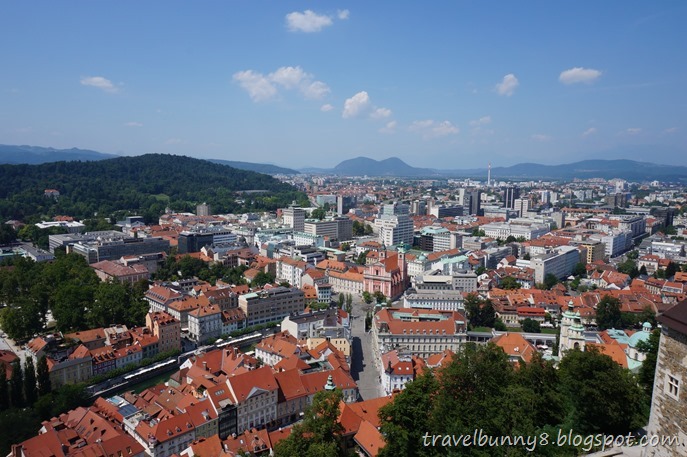
I’m at the highest point of Ljubljana.

View of Congress Square from the tower.

Panoramic view of the city.
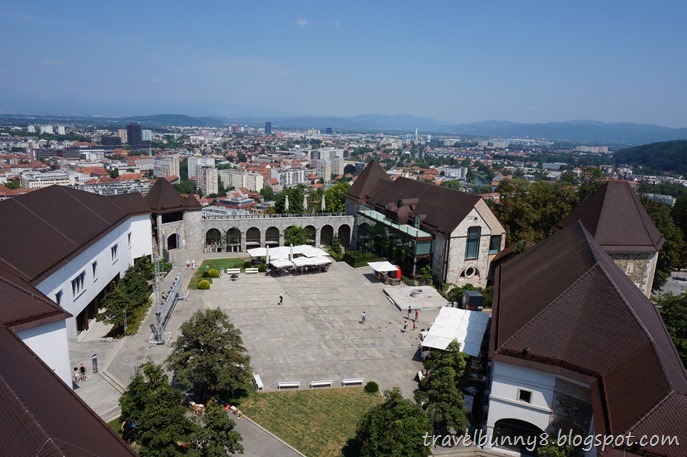

View of Franciscan Church of the Annunciation (the pink building) behind me.

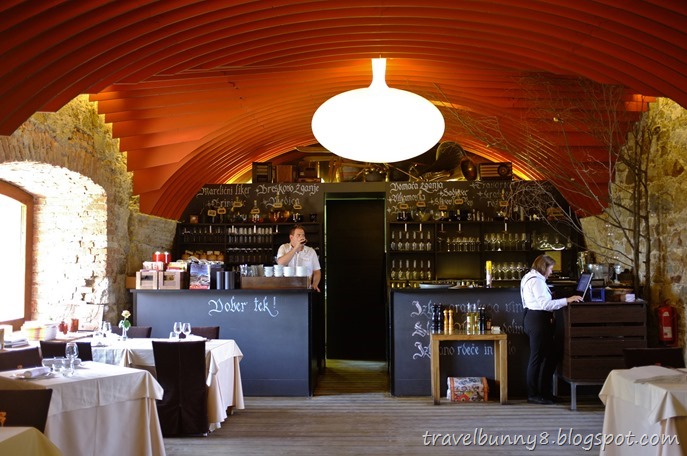
A restaurant at the castle.
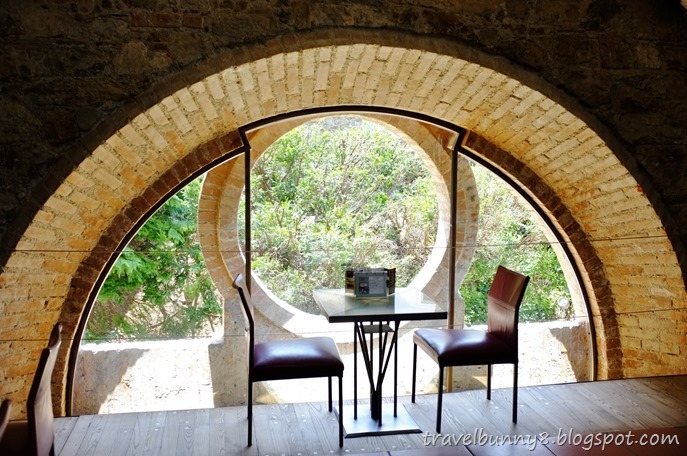
To be honest, there is nothing spectacular about this castle. But since it’s located at the city centre, it's still worth a visit. After visiting Ljubljana Castle, I headed to the famed Postojna Cave.


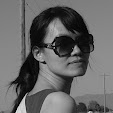

![[MALAYSIA] How To Do A Self Guided Walking Tour in Kota Kinabalu](https://blogger.googleusercontent.com/img/b/R29vZ2xl/AVvXsEgR_cJjX4Shl9rsz0ufzxjmtLMq5PAvmTNDHypSVV2CYDaarZVj8EMznRkXqdVeCGg2yEMdFqPtI5rvrmMtJVSL1W9jqOtdCM2EFAc5ZTWn7XzPQV5sqS4s1DO0T_AuF0nq_dLQ53b9-ju3yyLJUrvU2TlhbmD4rDDV5-aPFaT2WEQZ1c257JXGUhyfsw/s72-c/20220524_131141.jpg)
![[FRANCE] My Favourite Paris Eiffel Tower Photo Spots](https://blogger.googleusercontent.com/img/b/R29vZ2xl/AVvXsEi220KHLfBDpyO53KorHwAb0KQEuiiaVDlrFYwEEAvs8YvKb-Edmyt7Hl7rZszN6qc-GM4e3SmjBS2pUiCiv8ljl8mnrUR93Ljxb0xGrSZ4sZLPRErpbAj29btKvnIC67xV93iKnrH3QRcc/s72-w781-c-h505/DSCF4372.JPG)
![[MALAYSIA] Tips on Taking Instagrammable Photo at KL Street Art Lane (Map Included)](https://blogger.googleusercontent.com/img/b/R29vZ2xl/AVvXsEjsKxlD3eU8SJeOolcscKEZjU-YtCIpk-geUR_avDri9-hyDIjRPGfKrOq_Qcbmkkm-HpTTdbI7rTpFzFo3wzWi7R27qdiOEOhcDLvZb-6x52rgkw_hxI8WIYT6tb6eLbmBZAFyOTpLkQNy/s72-c/collage+cover.jpg)
![[MONACO] How To Visit Monaco In One Day From Nice](https://blogger.googleusercontent.com/img/b/R29vZ2xl/AVvXsEgZkJeVAOmz4LTRwY2uDTK131UJVUWH_44GUUU3H-ni63dK2BlNqITBIh5Tdcpz9kXTUb7ePW7f-PQ1Y7E6B4lnqKEHs_nL3Eop-ouoFhxayMI4lNCcUG-oJnGMVwpGDlBu8lfgn10H_QHw/s72-c/DSC06605.JPG)
![[FRANCE] My Unforgettable Trip to Mont Saint-Michel](https://blogger.googleusercontent.com/img/b/R29vZ2xl/AVvXsEiVPyy72HIGsb8lnH7zvmCT8fKDLby20OtHvFN2rAp_BWadwYBvOq3Ny-JtjTu1CTXP4rSHUxr7Z0yOgE7zFqDFwC2HEuCWp-F2ykSwXCFNeis4Q7a5IpyepHyfv9BXibLV2s8E-7mqMFx4/s72-c/DSC05363.JPG)
0 comments: